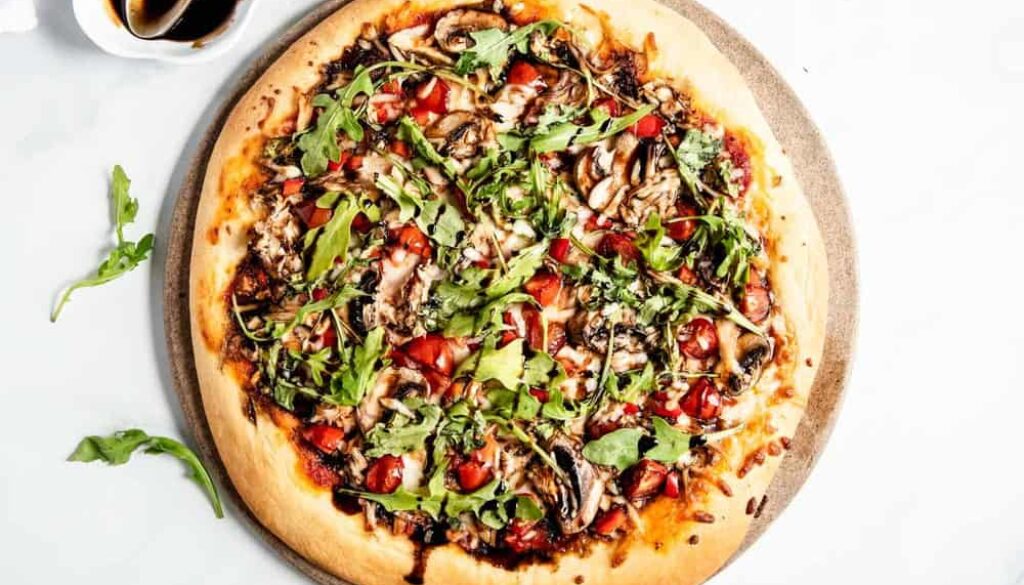Pizza: CRUST me, it’s good for you!
By Aparna Mele, MD
What kind of person doesn’t like pizza? A WEIRDOUGH
OK, it’s true: The greasy dollar-slice pizza down the block is not even close to the picture of health. But all pizza is not created equal, friends. Pizza can be loaded with fat and calories, but it doesn’t have to be.
Pizza can absolutely serve as a healthy meal option and fit into a healthy lifestyle, even into a weight loss plan, but it all comes down to the type of pizza and portion sizes as well as what your individual nutrition goals are. Pizza does offer a dose of all of the macronutrients—the crust contains carbohydrates while the cheese provides both fat and protein. Eat three slices of a meat-heavy pie is not a healthy choice because too much of either macronutrient will ultimately store as excess fat, if not burned off through adequate exercise. However, if you make your own pizza at home, with a thin whole grain crust made without added oil, sugar, or salt, and topped with lots of veggies, tomatoes, and low fat cheese, you have just made a healthy one plate meal, providing Vitamins A and C, as well as potassium, phosphorous, folic acid, beta-carotene, and a host of other beneficial nutrients. Swap processed meats like pepperoni and bacon for healthier meats llike antibiotic-free, free-range chicken or turkey sausage. Pile on the veggies to boost the fiber, vitamin, mineral and antioxidant content of your meal. A great way to control your portion while still creating a full meal during a pizza night is to cut smaller slices and serve the pizza with a side salad or some non-starchy veggies like asparagus, green beans, zucchini or spinach to balance out the carbs in the pizza and allow portion control. Using reduced fat cheese or a very small portion of full fat cheese will help to cut back on overall calories. Cauliflower crust has become enormously popular because it is typically low in carbs and is a great substitute for real wheat flour crust and many following a low carb or keto diet choose to go this route. However, while you save in terms of carbs and calories, from a nutritional standpoint, the wheat flour version will have more fiber and is usually fortified with iron. Jarred pizza sauces are usually drowning in sodium and other preservatives. Making your own will instantly improve the quality of any pizza recipe or think beyond red sauce and try pesto or some good olive oil and fresh garlic. Get spicy instead of greasy by adding fresh chiles and red pepper flakes which are a good match for more subtle flavors like fresh tomatoes and herbs.
So have a pizza, but make the right kind and it can be a guiltless pleasure and healthy meal too!



